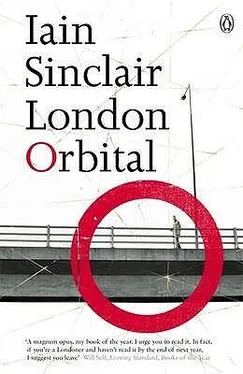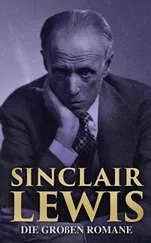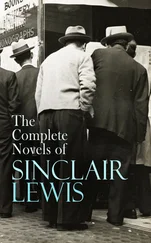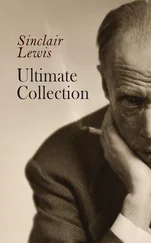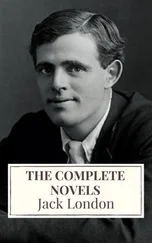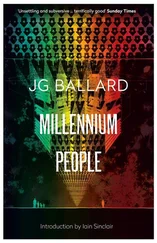We’ve had enough of this road; we plunge into the deep woods. And navigate by sound. It’s my intention to hit the earthworks of the Amresbury Banks. The ancient camp, excavated by the Essex Field Club (1881 and 1882), under the direction of the redoubtable General Pitt-Rivers, is now promoted as an alternative, off-highway attraction; a rival to the Old Orleans Roadhouse (with its Georgian carriage lamps). AMRESBURY BANKS IS AN ANCIENT EARTHWORK AND CAN BE SERIOUSLY DAMAGED BY CYCLING. PLEASE DO NOT RIDE YOUR MOUNTAIN BICYCLE HERE. The attention of visitors is also drawn to the fact that ‘many of the beech trees in the Forest are dead or dying’.
Dog walkers like the mounds. The Amresbury Camp, on its high ridge, was thought by Victorian antiquarians (on very little evidence) to have been occupied by Queen Boadicea, before her overthrow by Suetonius. Any convenient fable can be pressed into service to lend narrative to a resonant location. Once the storyboard is hammered into the turf, we can all relax.
We crossed busy Epping Road, picked up another Green Lane, and soon found ourselves clear of the forest. The rain had eased, the sky was pink above a layer of deep blue cloud. From a modest eminence we looked down on the spread of Enfield Chase and the lights of Waltham Abbey. For all of us, including Kevin (whose ruined feet were forgotten), this was a great moment. The sun had dipped below the horizon and there was an unsourced glow in the landscape, as if a deep fire were burning within. The woods were black, the Lea Valley an inky blue. The M25 snaked through like a lava stream; red brake-lights, golden beams.
We were on Crown Hill Bridge, the very spot to which Tony Sangwine (the Highways Agency landscaper) had brought us — when he wanted to show the best the motorway could offer. Sangwine’s vision is not so far removed from the builders of the Amresbury Camp. ‘I think we’ve done a good job in treating the road here. Not just the planting but also the alignment. The way the earthworks have been blended. A combination of good engineering practice, good landscape architecture, good horticulture.’
The M25, if it is ever to work as archaeology, as a circuit that combines ‘good engineering practice’ with good faith, will depend on the quiet labours of men like Sangwine, practical transcendentalists. Think of the motorway in terms of Maiden Castle or Avebury, earth engines, machines designed to provoke enlightenment. The hoop of continually moving light is a gigantic crop circle, visible from space. A doughnut of powdered glass. A winking eye.
Renchi, who has treated the walk as a pilgrimage, who carries stones and feathers and lumps of chalk in his pockets, often speaks of the friendship between two families, the Bicknells and the Trevelyans. Sir George Trevelyan wrote about areas where hard science intersected with mysticism. Discussing the moon landing, he said: ‘It becomes clear that a different form of space exploration is possible by crossing the frequency-rates which demarcate different levels of being and thus entering into an expanded dimension of thought. We have to realise that higher worlds are not merely higher in space but are planes of consciousness and “being” existing in a different vibrational band and therefore quite invisible to our five senses and earth-bound consciousness. Nevertheless, human thinking, when strengthened and lifted through meditation, is a universal organ which can blend with the Thinking which is the very stuff of the universe.’
This is what the M25 must do, shift the frequency-rates, access higher levels of consciousness. Liat Uziyel’s notion of a building wrapped around a motorway junction (not far from here), the museum of memory, is a theoretical demonstration of the road’s potentiality as a device for hitting ‘different vibrational bands’. Breaking the trance. Achieving the drift of plural time.
Tony Sangwine saw the bridge on which we were standing as an evolving art work, a performance piece. ‘The bridge emerges from the green estate and leaps across the road… There was the question of trying to keep away from the various settlements along the route, and finding a path which made use of the topography to mask the road and to help depress the sound.’
As light goes, sound revives and clarifies. Our senses adjust. We follow our feet down the hill. So many of our suspended narratives find resolution near Junction 26 of the M25. Just a few yards off the road, on Skillet Hill, is the Jewish Cemetery where Rachel Lichtenstein discovered the pauper’s grave of the Whitechapel hermit David Rodinsky. A rusting metal plaque to mark the burial place of a man whose final journey took him from Epsom to Waltham Abbey. Thanks to the patronage of Artangel, a headstone and a marble book (with blank pages) were erected at a service of dedication. When Rachel brought her young son David out here for the first time, he led the way. ‘Why are we taking this path?’ he said. Before arranging black stones on the grave.
On the slope above the cemetery, at the forest’s edge, Tennyson had a house. He came to High Beach (or Beech) in 1837, for a stay which falls, as might be expected, into the ‘silent and morose decade’ that followed the death of his friend Arthur Hallam. High Beach does silent and morose very well. The forest and the world-weary poet’s beard were in profound sympathy.
‘I have been at this place all the year,’ he wrote to Emily Sellwood (from Beech Hill House, High Beach), ‘with nothing but that muddy pond in prospect, and those two little sharp-barking dogs.’
High Beach incubated melancholy. Tennyson complained of the absence of birdlife in the forest, the horrors of local society: ‘frozen, cold, lifeless’. He drudged, he brooded; the only advantage in his situation was the proximity of London. Londoners came to Epping in excursion mood and went home drunk, dirty, scratched, soaked, disorientated. Wandering the forest tracks, the Earl’s Path, the earthworks at Loughton and Amresbury, was like losing yourself in a Gothic cathedral; Durham with the roof lifted off. Tree-pillars extended in every direction. They wouldn’t release you. They swallowed light.
Tennyson made his way to Dr Allen’s madhouse. ‘The association,’ Essex historian William Addison wrote, ‘was calamitous for both.’ The poet was persuaded to invest in one of Allen’s schemes: mechanical wood-carving. The Patent Decorative Carving and Sculpture Company was formed. Tennyson risked all the money raised by the sale of his small estate at Grasby, Lincolnshire. The company crashed, Allen was declared bankrupt. Tennyson’s marriage was ‘indefinitely’ postponed, he was left with no means of support.
The best of High Beach was its obscurity, views over the Lea Valley and Waltham Abbey: ‘Ring out, wild bells.’ The M25 couldn’t have happened to a better place, a silver stream bringing light and life.
Dr Matthew Allen, asylum keeper, floater of companies, drank with Tennyson at the Sterling Club (in London); long smoky sessions in the garden. (Anything to postpone the return.) It was after one of these binges that Tennyson experienced the classic High Beach epiphany — and experienced it, characteristically, as a downer. The lights of the city shimmering through forest darkness: ‘flaring like a dreary dawn’.
The stress, the poisoned psyches of the city: Allen was a pioneer in mental health relocation. Fee-paying sylvan benevolence. Lunatics hidden in Epping Forest, where they could wander or be put to work. A private enterprise that anticipated late-Victorian asylum colonies. Allen’s converted farms were the direct descendants of the madhouses of Hackney and Hoxton. The sort of ‘private home’ in Bethnal Green to which the visionary poet Christopher Smart had been committed.
Читать дальше
